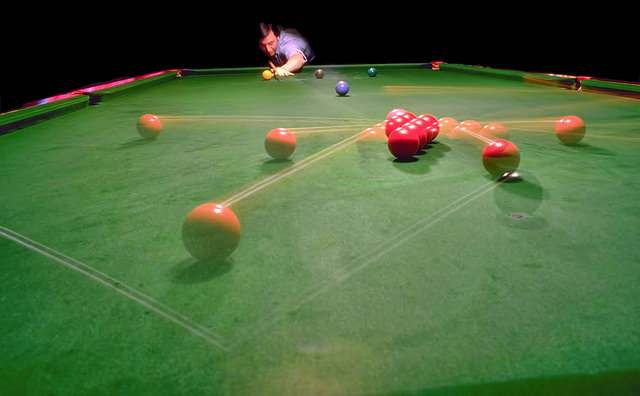For the past several years, online learning in higher education has focused on delivering a highly structured learning environment. Courses are typically designed to deliver content sequentially (week one, week two, etc.) with required reading assignments, discussion forums, quizzes, etc. This approach to online learning has served to help new-to-online learners navigate the online course, learn to use the most common learning management system (LMS) tools, and interact with their classmates in ways that have modeled the traditional classroom. However, with emerging deliver models such as Competency-based Educational (CBE) and Massive Open Online Courses (MOOCs) gaining traction in higher education, it may make sense to consider student autonomy in the design of online learning.

CC-BY by Oliver Clark on Flickr
Transactional distance doesn’t refer to the distance between the instructor and student in regards to space or time but rather the distance in regard to transactions or interactions between the learner, instructor, and content. According to Transactional Distance Theory the “degree of structure and dialogue [required] in a course depends on the students’ ability to learn autonomously”. Students who lack the necessary skills to self-regulate their learning may require a more structured learning environment, whereas autonomous learners are better positioned to succeed in a less structured environment (Koslow & Piña, 2015).
The inverse relationship between learner autonomy and course structure is important to keep in mind as we design for emerging distance learning models. In the CBE environment students enter a program of study at different times and progress at different rates. In order to support the flexibility required by CBE we may need to abandon the more traditional lock-step approach used over the past several years for designing online learning environments in higher ed.
Kozlow et al (2015) suggests that in order for autonomous learners to be successful they must possess self-regulated learning (SRL) strategies. The self-regulated learner has the ability to plan their own approach to learning as well as to review and evaluate their own understanding.
Online courses designed with SRL in mind might begin by offering pre-assessment opportunities for students to discover what they do or do not know on a given subject. Assessment feedback could include contextual links to additional resources / material for students to review. The use of practice quizzes along with digital badging systems and other formative assessment tools can assist students in measuring their own progress, as well as providing motivational support. Journals, blogs, and e-portfolios could replace the discussion forum commonly used in the “traditional” online course – providing an autonomous learning tool to assist with learner reflection.
As more colleges explore delivery models offering less structure and providing fewer opportunities for dialog, we need to consider instructional design approaches that can support student success in environments with greater learner autonomy.
References:
A. Kozlow & A. Pina (2015) Using Transactional Distance Theory to inform online instructional design. International Journal of Instructional Technology and Distance Learning. Vol. 12. No. 10 http://www.itdl.org/Journal/Oct_15/Oct15.pdf#page=67&zoom=auto,87,688
M. Weimer (2010). What it means to be a Self-regulated Learner. Faculty Focus, Magna Publications. http://www.facultyfocus.com/articles/teaching-and-learning/what-it-means-to-be-a-self-regulated-learner/